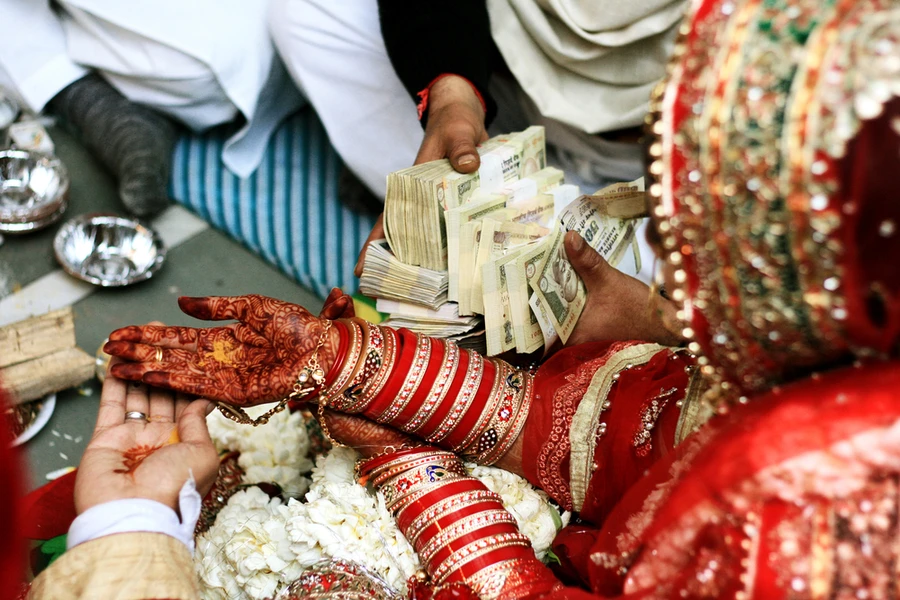
New Delhi, India, Sep 29, 2018 / 03:01 pm (CNA/EWTN News).- A study from the University of Essex has found a link between the global price of gold and the survival rate for Indian baby girls. Monthly increases in the price of gold between 1972-2005, the study argues, led to girls being more likely to be aborted, die in the first month of life, or suffer from stunted growth.
The study also concluded that dowries are a major contributing factor to India’s gender imbalance. Sex-selective abortion, though illegal since 2015, has been widely practiced since the 1980s, and nationwide men outnumber women by nearly 37 million. There are also an estimated 21 million “unwanted” girls who have been born in the country.
“Our contribution is to provide what we believe is the first clear evidence of causal effects of dowry costs on son preferring behaviours,” said Sonia Bhalotra, a professor of economics and the author of the study.
Dowries are a transfer of parental property upon marriage of a daughter, a practice still widely found in India, Bangladesh, Pakistan, and Sri Lanka, despite being illegal in India since 1961.
“While the original dowry payments acted as a pre-mortem bequest to daughters that afforded them post-marital financial protection, property rights over dowry are now often appropriated by the groom or his parents rather than retained by the bride,” the study states.
The study cites estimates that suggest a dowry may often be four to eight times a family’s annual household income, and that parents often have to start saving for a girl’s dowry as soon as she is born.
Gold, especially jewelry, is an integral part of Indian dowries. Gold prices are frequently reported in Indian media and are a regular topic of discussion, Bhalotra wrote in Quartz India.
The study found that from 1972 to 1985, an increase of approximately six percent in the monthly price of gold was accompanied by a six percent increase in deaths of baby girls, with no significant change in deaths of baby boys. Additionally women who survived to adulthood who were born during that time period were more likely to be less tall when they reach maturity, possibly due to nutritional deprivation early in life.
After 1985, when ultrasound scans became widely available, fewer girls were born in months of gold price inflation, suggesting that those children were being aborted rather than neglected at birth. Tests to determine the sex of a fetus have been illegal in India since 2015.
“We find that parents are consistently ‘eliminating’ girls early in life, but the pattern is that this is done soon after birth before 1985, and while the girl is in the womb after 1985,” Bhalotra said.
“[In 1994,] abortion clinics in Mumbai had posters with slogans such as ‘Better pay 500 [rupees] now than 50,000 [rupees] later.’ The 500 [rupees] is the cost of abortion and the 50,000 [rupees] refers to the future cost of dowry,” the author states.
The study found that after 1985, a 1 percent increase in the global price of gold led to an extra 33,000 “missing” female births each year.
If you value the news and views Catholic World Report provides, please consider donating to support our efforts. Your contribution will help us continue to make CWR available to all readers worldwide for free, without a subscription. Thank you for your generosity!
Click here for more information on donating to CWR. Click here to sign up for our newsletter.



Leave a Reply